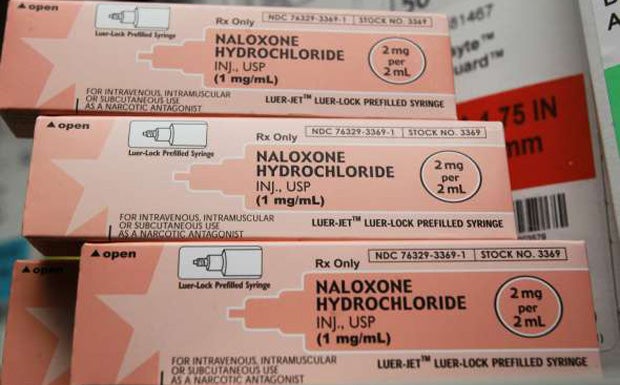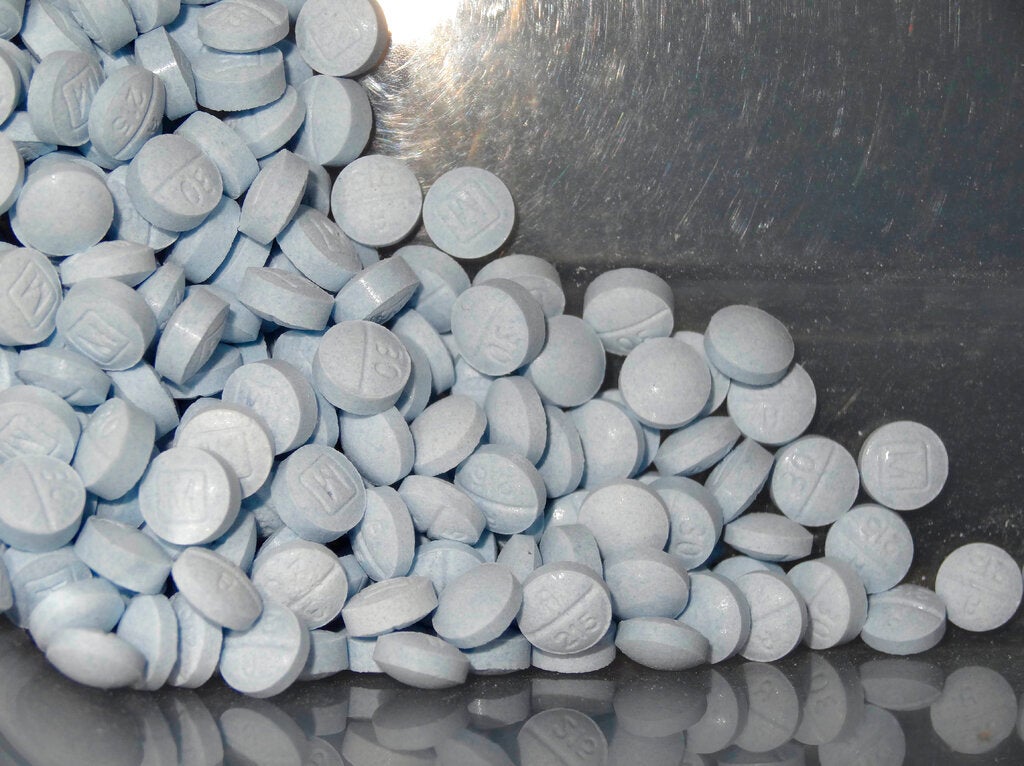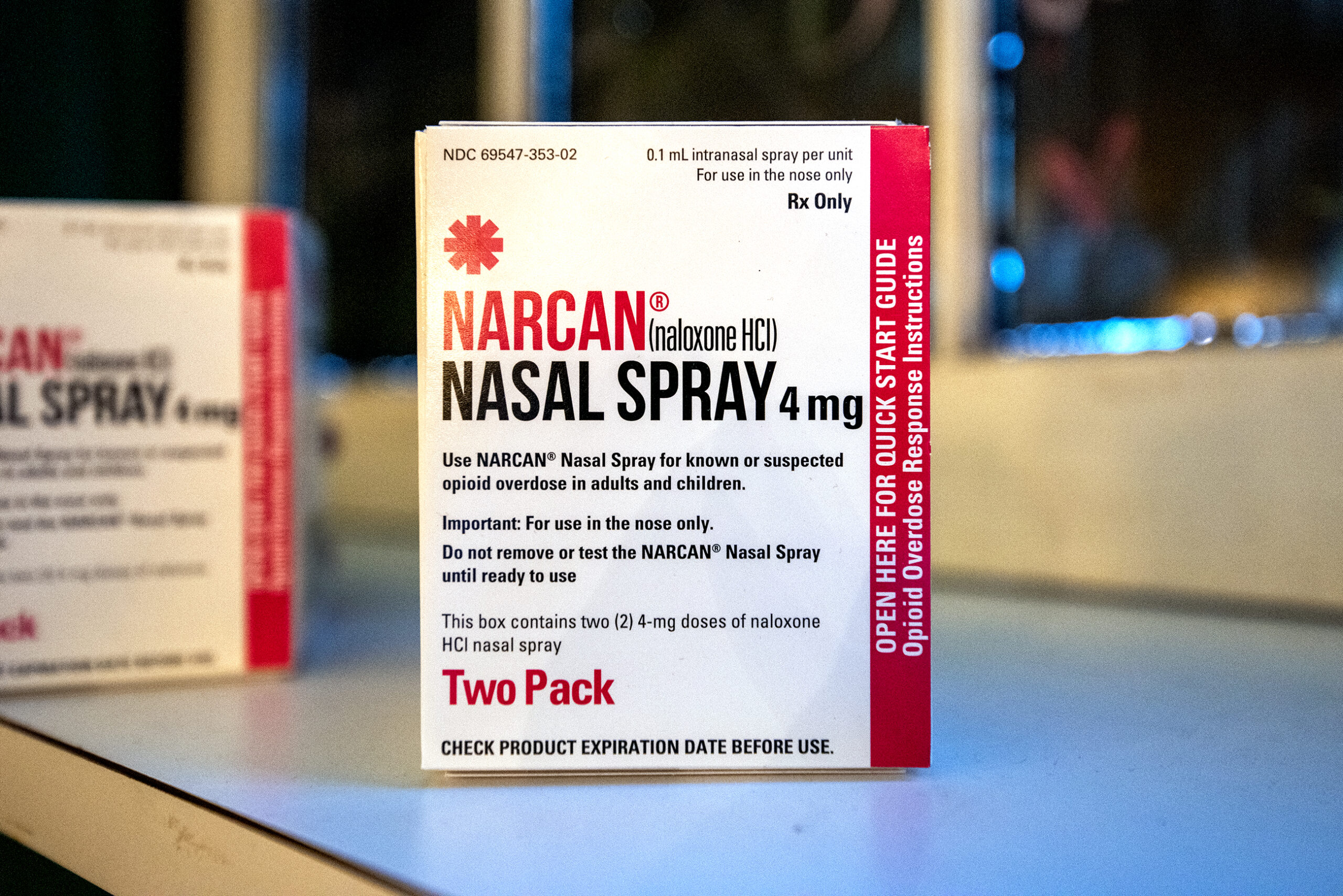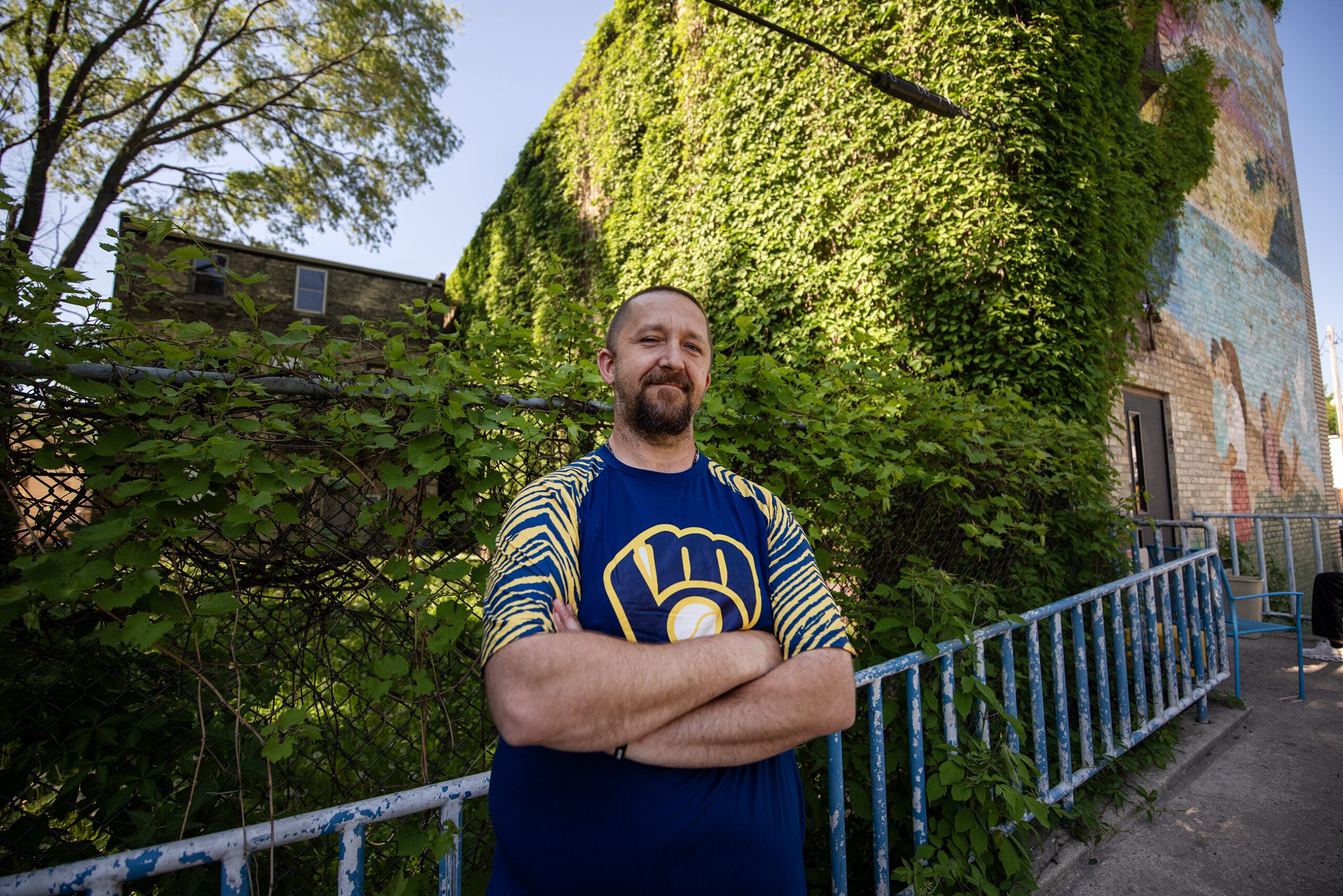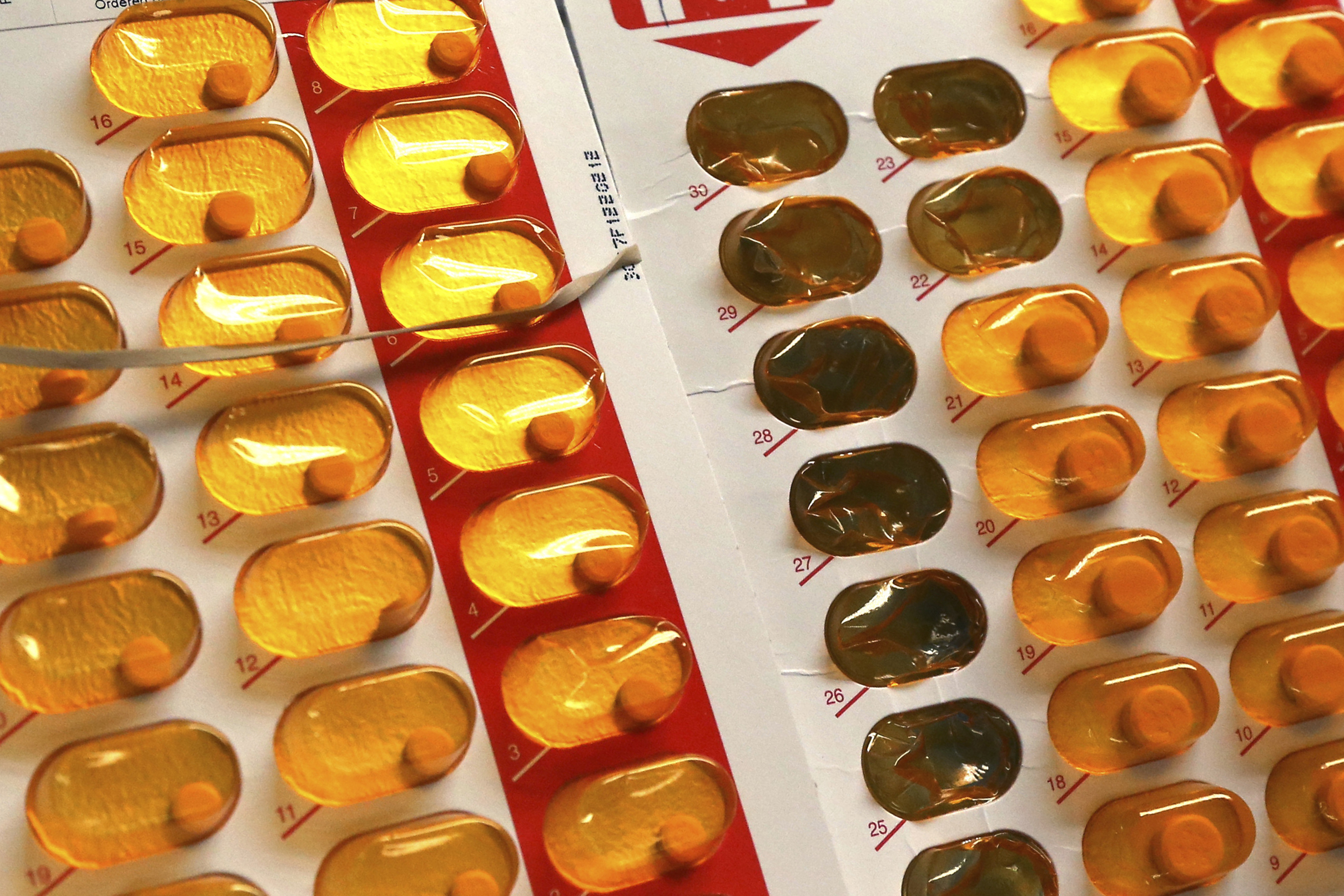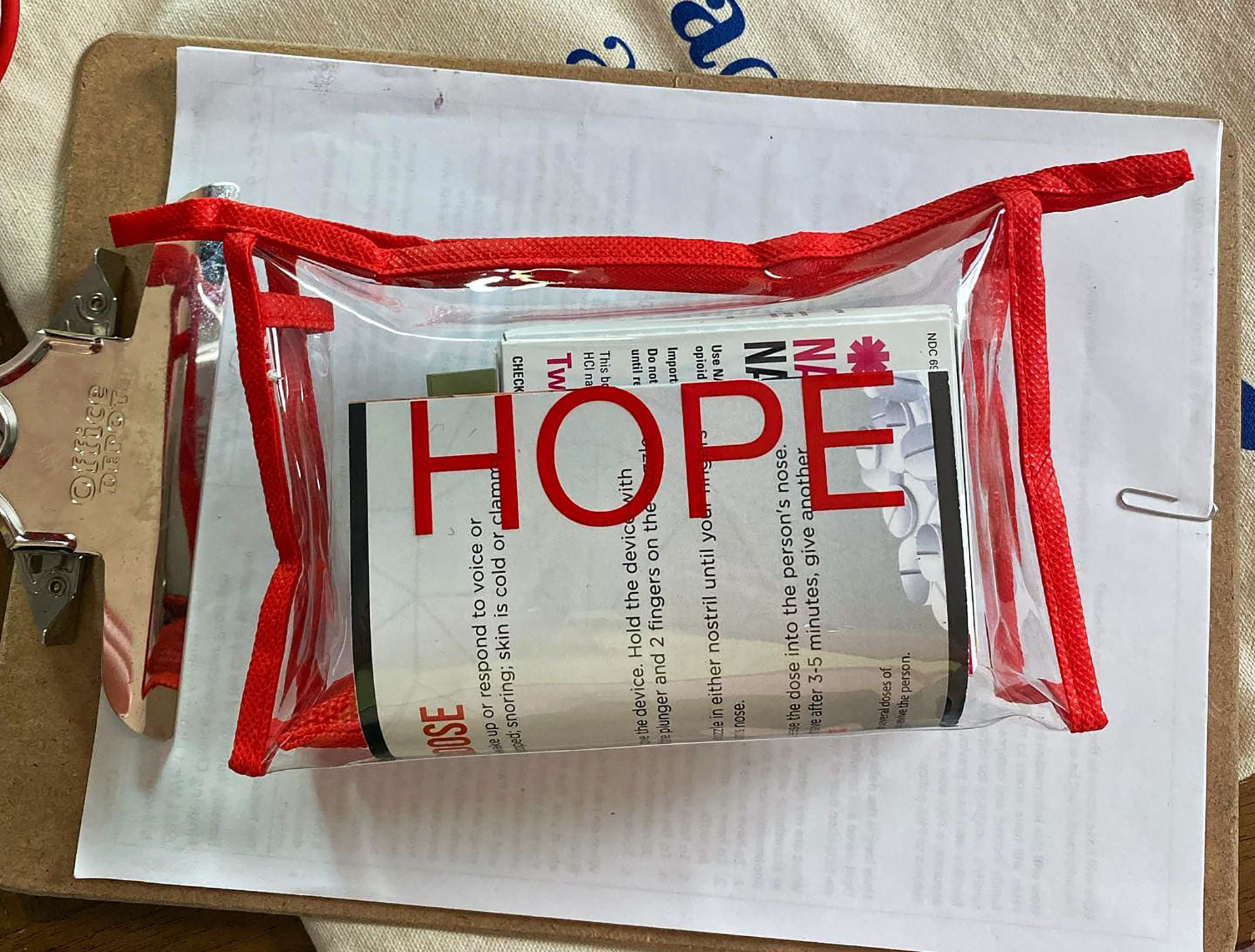Gundersen Health System expected to fill 300 requests for the overdose antidote Naloxone since it became available through the pharmacy without a prescription last July.
But Dr. Chris Eberlein, an emergency physician at Gundersen, said actual demand has fallen well short of that estimate, with less than 100 requests for the drug so far.
Naloxone, also known as Narcan, is used to reverse an opioid overdose.
Stay informed on the latest news
Sign up for WPR’s email newsletter.
“People still don’t realize it’s not just for heroin,” Eberlein said. “The main thing that’s killing people in the country are overdoses on prescription opiates.”
Eberlein said Gundersen wanted to make Naloxone easier to access because it can prevent the many accidental overdoses the hospital sees.
“Patients that will forget that they already took their pill, inadvertently take another one, we see that very frequently with elderly patients. We see kids come in that have gotten in to the prescriptions at home,” Eberlein said. “Having the antidote at home with the medication just seems to make sense.”
But he said there could be several factors keeping people from accessing the drug at Gundersen.
“There’s still the stigma of disease, of wanting to go up and get a prescription like that,” Eberlein said. “It seems to be a little more harsh with opiates, and it really makes people hesitant to seek out help and to purchase things like that over the counter.”
Bill Keeton from the AIDS Resource Center of Wisconsin said their organization also sees this concern about stigma from people seeking Naloxone through their program.
“These are folks who typically have a lot of distrust for large institutions, whether those be large health care or large law enforcement,” Keeton said. “You get folks that are trying to remain underground at some level and don’t want a lot of outward exposure. The type of exposure that one might expect walking into a large facility.”
But the cost of Naloxone could also be keeping people from seeking it out. Eberlein said a dose can cost $80 if not covered by insurance.
“$80 is a lot of money for a medication that you might not need. It’s basically $80 of insurance that you’re buying,” Eberlein said.
Keeton said the AIDS Resource Center of Wisconsin provides Naloxone and training for free at their clinics. Last year, they served 339 people in La Crosse, both individuals with addictions or concerned friends and family.
Wisconsin Public Radio, © Copyright 2024, Board of Regents of the University of Wisconsin System and Wisconsin Educational Communications Board.

